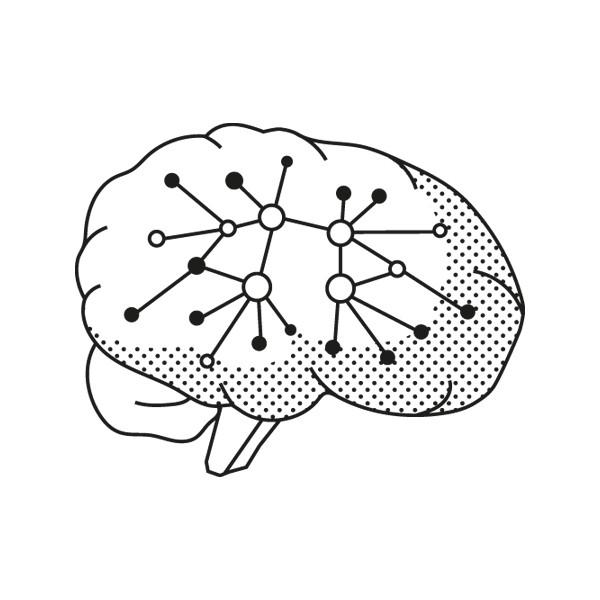Mental Models: The Best Way to Make Intelligent Decisions (~100 Models Explained) - Farnam Street
Curated from: fs.blog
Ideas, facts & insights covering these topics:
4 ideas
·2.83K reads
19
Explore the World's Best Ideas
Join today and uncover 100+ curated journeys from 50+ topics. Unlock access to our mobile app with extensive features.
Learning To Think Better
- The more models you have—the bigger your toolbox—the more likely you are to have the right models to see reality. It turns out that when it comes to improving your ability to make decisions variety matters.
- By default, a typical Engineer will think in systems. A psychologist will think in terms of incentives. A biologist will think in terms of evolution. If we’re only looking at the problem one way, we’ve got a blind spot. And blind spots can kill you.
- Charlie Munger summed up mental models “Well, the first rule is that you can’t really know anything if you just remember isolated facts.”
138
966 reads
Core Mental Models
- The map of reality is not reality. Even the best maps are imperfect. That’s because they are reductions of what they represent. If a map were to represent the territory with perfect fidelity, it would no longer be a reduction and thus would no longer be useful to us. A map can also be a snapshot of a point in time, representing something that no longer exists.
- When ego and not competence drives what we undertake, we have blind spots. If you know what you understand, you know where you have an edge over others.
- First-principles thinking is one of the best ways to reverse-engineer difficult times
124
722 reads
Core Mental Models- Continued
- Thought experiments are powerful because they help us learn from our mistakes and avoid future ones. They let us take on the impossible, evaluate the potential consequences of our actions, and re-examine history to make better decisions.
- Second-order thinking is thinking farther ahead and thinking holistically. It requires us to not only consider our actions and their immediate consequences, but the subsequent effects of those actions as well.
- Probabilistic thinking is essentially trying to estimate, using some tools of math and logic, the likelihood of any specific outcome.
127
586 reads
More Core Mental Models
- Occam’s Razor, a classic principle of logic and problem-solving. Instead of wasting your time trying to disprove complex scenarios, you can make decisions more confidently by basing them on the explanation that has the fewest moving parts.
- Hanlon’s Razor states that we should not attribute to malice that which is more easily explained by stupidity. In a complex world, using this model helps us avoid paranoia and ideology.
131
560 reads
IDEAS CURATED BY
Gehna Kundra's ideas are part of this journey:
Learn more about scienceandnature with this collection
How to make good decisions
How to manage work stress
How to manage email effectively
Related collections
Similar ideas
Read & Learn
20x Faster
without
deepstash
with
deepstash
with
deepstash
Personalized microlearning
—
100+ Learning Journeys
—
Access to 200,000+ ideas
—
Access to the mobile app
—
Unlimited idea saving
—
—
Unlimited history
—
—
Unlimited listening to ideas
—
—
Downloading & offline access
—
—
Supercharge your mind with one idea per day
Enter your email and spend 1 minute every day to learn something new.
I agree to receive email updates
